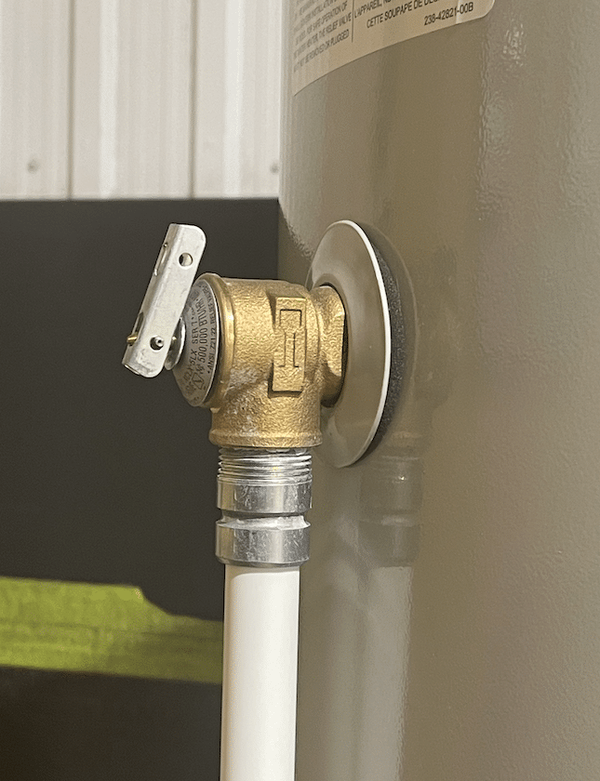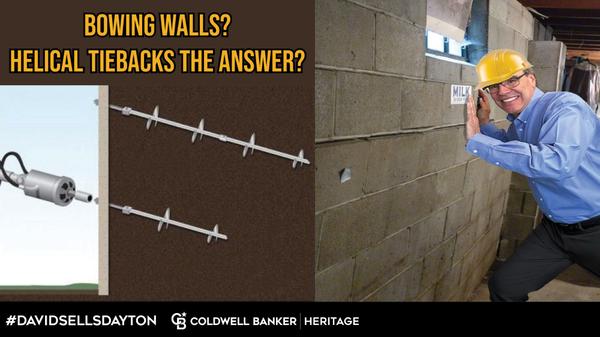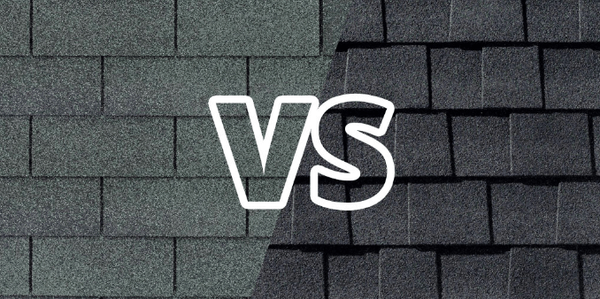
What is a pressure relief valve for my water heater?
It’s a safety valve to keep the tank from rupturing if the pressure gets too high. It’s commonly referred to as a Temperature and Pressure Relief Valve. It should have a tube extending to within 6 inches of the floor so in the event of it discharging it would not hit you in the chest or face. When the homeowner does the install of their own water heater this ‘downtube’ usually never gets put on because it does not come in the box with the water heater. That extra trip to Home Depot for the tube never seems to happen and then the missing part gets flagged on the home inspection when you go to sell. Occasionally, I’ll see a few drops of water at the bottom of the downtube. This moisture should not be there and it means water is seeping past the relief valve’s seal so it will need to be replaced. This is a simple fix many people are afraid to try mainly because they are not familiar with this valve. They do sell them at the big box stores and you’ll need to drain the water heater down past the valve and unscrew it and install the new one. It can be a DIY for about $30.00 or you can pay a plumber a few hundred to do it.

What is a Bath Rough-In
This is where the basic plumbing work is installed for either a full bath or half bath typically at the time of the build for construction of the bath at a later time. This saves you the mess and expense of cutting into the slab to run your drains. A half bath rough-in would not have a provision for a tub/shower drain. With a half bath the builder leaves the toilet drain, sink drain and vent ‘stubbed in’ for easy access later. If this is for a full bath you’ll also have an area to handle the P-Trap for the shower/tub install. This is commonly a 1 foot by 1 foot hole in the concrete slab that is filled with gravel you remove when installing the shower/tub drain. Sometimes, instead of gravel they will skim coat this with about an inch of concrete that you simply break out with a hammer when ready. Not every original homeowner gets around to completing the bath and when the house goes on the market potential buyers walk through and are often confused when they see these seemingly random pipes in the basement floor. Now you know what they are for! I’m always available when real estate questions and concerns come up. More New Construction Videos

Grounded vs Ungrounded Outlets
During a real estate inspection on an older house the inspector typically points out that the home’s electrical system is ungrounded. Meaning it is a two wire system – a hot and neutral, no third wire for ground like a modern electrical system. The original outlets are two prong. They are missing the third hole for the ground wire that makes them look kind of like a smiley face. The inspector can’t ‘ding’ you for this system. In the Dayton OH area you are not required to bring an older home to modern day code. Over time outlets wear out and we go to Lowes or Home Depot to find a replacement. The two prong outlets are harder to find and inconvenient to use since many of the things we want to plug in these days have a 3 prong plug. So, we buy the 3 prong outlet. Then, one day you decide to sell your house and the inspector flags the outlets as ungrounded and the buyer gets nervous. This is because the 3 prong outlet you installed on a two wire system gives the misleading appearance that your outlets are grounded and that’s where the rub comes in with the inspector. There are several ways to correct this. First, switch the outlets back to 2 prong so it’s obvious to the user the system is ungrounded. Another option is to install GFCI outlets that will interrupt the circuit if a short occurs. Installing GFCI breakers in the electric panel to protect all the outlet circuits is another fix. The most expensive and intrusive way is to have a ground wire run to all outlets. If you need help through the inspection process on your home sale or purchase in the Dayton area I’m always available to discuss.
Categories
Recent Posts










